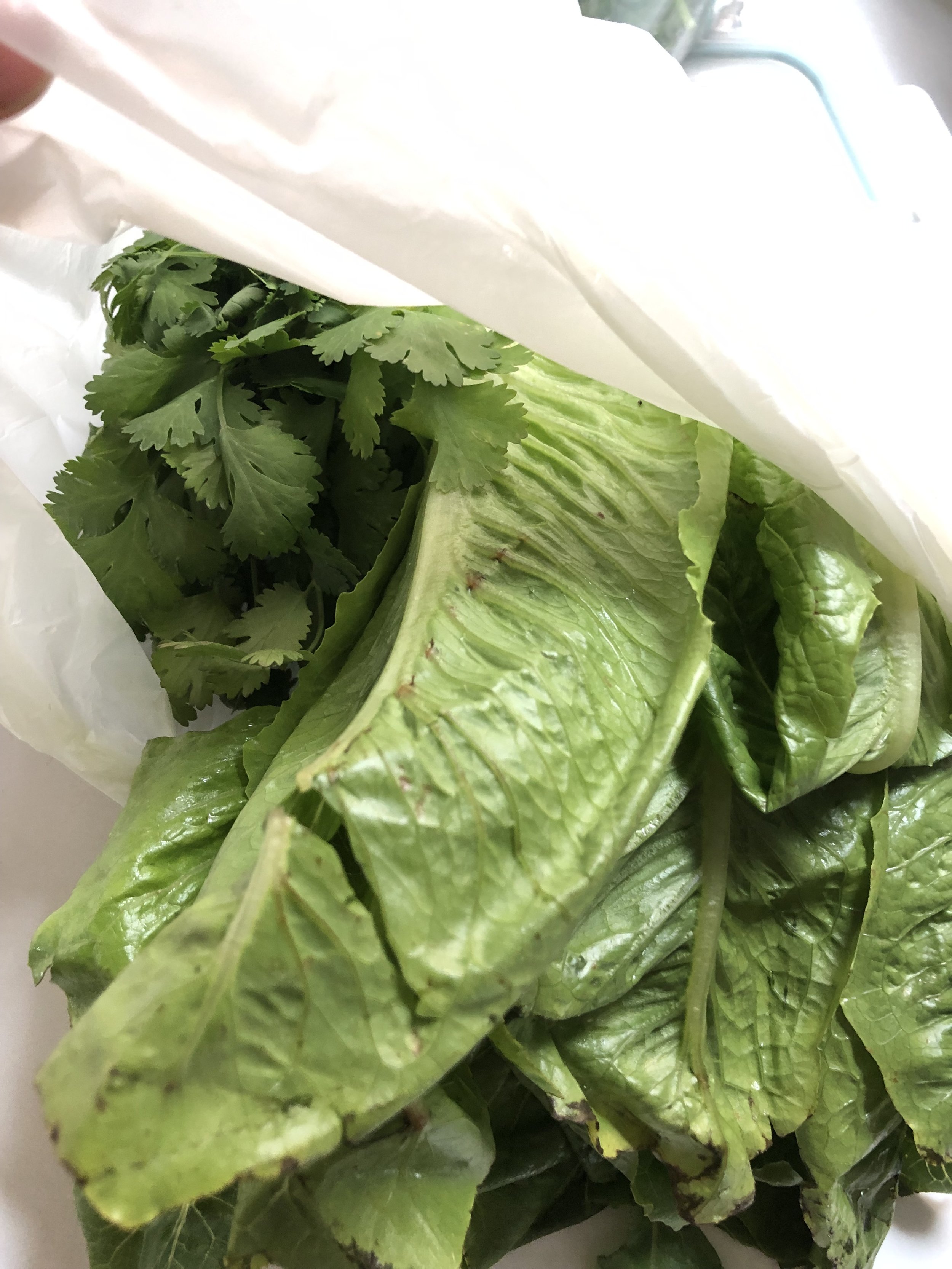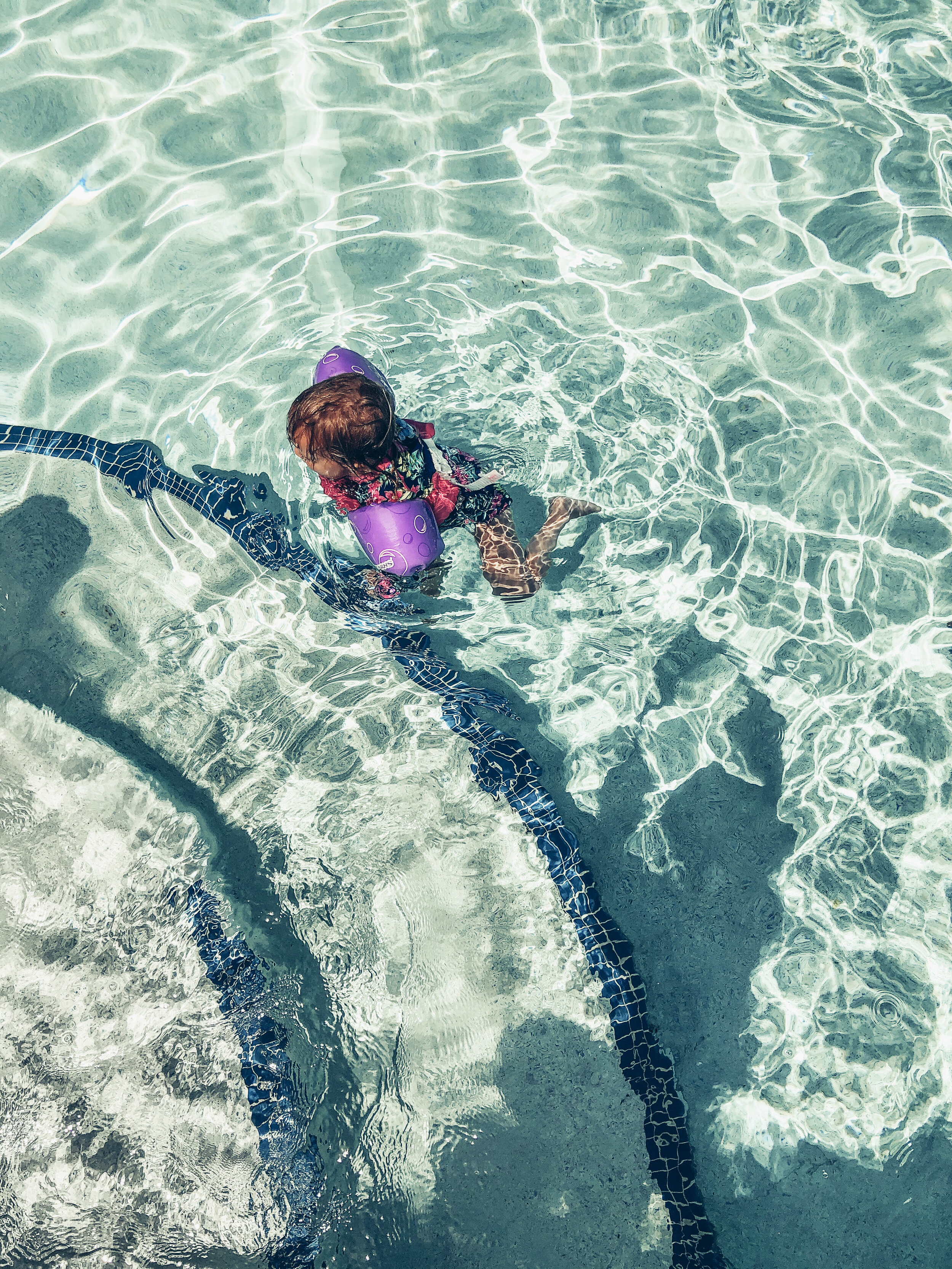I’d rarely done grocery delivery before the Covid-19 pandemic. I actually would have told you, back then, that I much preferred going to the grocery store and picking out my own items. I have several posts on this blog about grocery shopping, and how to do it without too much waste.
I stand by all those posts, but my perspective has changed and the options for grocery delivery have evolved as well.
Since the pandemic hit in 2020, I’ve tried several of the delivery options: Instacart, AmazonFresh, Thrive Market, Imperfect Foods…but my favorite is Denver’s online local grocery delivery service: Pine Melon. Here’s what I love about the experience:
Produce is fresh, seasonal, reasonably-priced, and often local. You can’t always get every single type of fruit, but that’s because they’re not all in season! Pine Melon stocks most fruits and vegetables, but they focus on partnerships with local producers. It has a bit more of a farmers’ market feel to it. You can get the more “basic” fruits and vegetables, but they also have lots of heirloom and unique products like specialty mushrooms, greens, and sprouts.
Packaging is low-impact. Grocery delivery is definitely not zero waste, and Pine Melon is no exception. However, they do try to use minimal packaging with a focus on recyclable and compostable materials. The orders come in paper bags, and produce is left loose, in green paper cartons, or in compostable bags. I use the compostable bags to line my compost bin, now that the Front Range no longer allows us to compost brown paper.
Members get special deals + free gifts. I became part of the Pine Melon “family,” which is basically their membership program. This gives me free delivery on orders over $35, special deals on many products (such as organic carrots for 99 cents and organic romaine lettuce for $1.29), free gifts of products to try, and extra “MelonMoney” back with each order (which usually equates to a few dollars off my next order).
$0.01 deals! Once I got a whole bag of mangoes for one cent. Another time it was four locally-made cookies. Another time it was a huge bag of cherries. It’s so cool to be able to add an item to your order for just a penny!
Their customer service is fabulous. They communicate well when products are out of stock (rarely happens to me!) and they always deliver on time, usually at the beginning of my two-hour window. With other grocery delivery services there are often mistakes - forgotten items, wrong items, spoiled food…I’ve never had that happen with Pine Melon. They’ve always gotten my order 100% correct.
They offer three types of bananas: regular (usually just-ripe yellow), “smoothie ready” = very ripe, and green. I like to know what I’m getting when I order bananas and I’m happy to pay a bit more (or a bit less) for what I want. I usually get the “smoothie ready” ones for baking - just 75 cents for a bunch!
I’ve been super happy with Pine Melon and encourage my Denver friends to give them a try!
Have questions? Ask me! I could talk grocery shopping nuances all day long.
Wanna give Pine Melon a try? Use this link to get $30 off your first order! (Full disclosure, I get $30 too so it’s pretty awesome for both of us!). This post isn’t sponsored or anything, I just like sharing things I like.




















